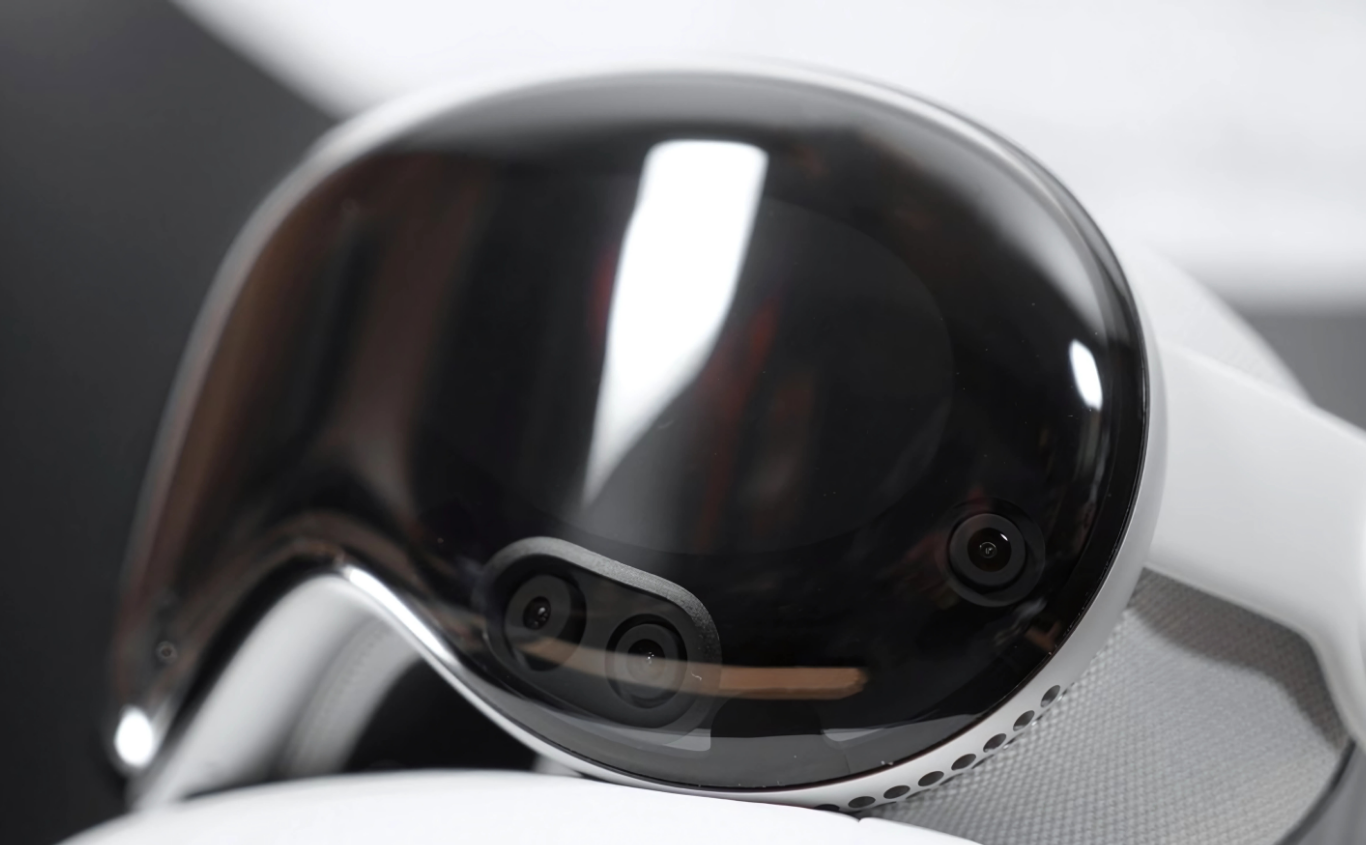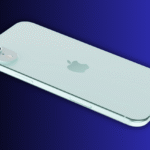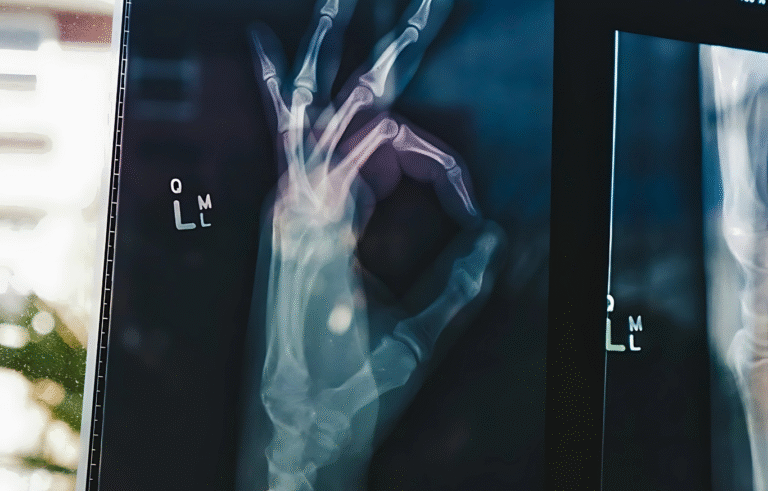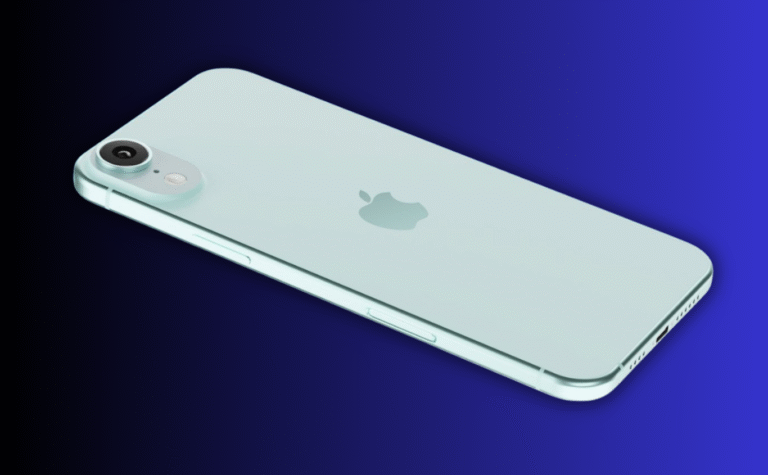
Apple Vision Pro 2 Rumors: Faster Performance, Enhanced Comfort, and a Lower Price Tag?
Apple’s journey into spatial computing continues to spark interest, speculation, and debate. With the Apple Vision Pro already on the market since February 2024, tech enthusiasts and industry insiders are eagerly awaiting the next evolution of this mixed-reality headset. Will Apple offer a modest spec bump soon, or is a game-changing successor quietly being prepared?
Here’s everything we know so far — and what it could mean for the future of spatial computing.
A Challenging Start for Apple Vision Pro
The Apple Vision Pro, Apple’s first spatial computing headset, marked a bold step into a new category. However, the $3,500 price tag, its weight, and limited developer engagement made it a hard sell. While praised for its technical brilliance, the device struggled to gain mass appeal.
Apple’s long-term plan seems to involve incremental upgrades before releasing a fully redesigned second-generation model in 2027. In the meantime, a mid-cycle update appears to be on the horizon — possibly with upgraded specs, improved comfort, and a revised price strategy.
Fall 2025: A Spec Bump with the Apple M4 Chip
M4-Powered Vision Pro: Performance Boost Without Redesign
Apple is reportedly planning to launch a mildly upgraded version of the Vision Pro in the fall of 2025, according to recent leaks.This new model would essentially retain the current design but feature Apple’s powerful M4 processor, enhancing the headset’s performance, graphics capabilities, and neural engine.
The M4 chip supports hardware-accelerated ray tracing and mesh shading, both critical for immersive AR/VR environments and advanced gaming. The upgrade might feature an improved head strap designed to enhance comfort, tackling one of the primary criticisms of the original model.
However, there was no mention of an updated R-series chip, which powers hand tracking and environmental awareness. Ideally, Apple would launch an R2 chip to complement the M4 upgrade, but this remains unconfirmed.
Will a Spec Bump Be Enough?
A modest hardware upgrade might not be enough to justify the $3,500 price again, especially for existing users. However, it could attract new customers who previously hesitated. The M4’s capabilities make the Vision Pro more appealing for VR gaming and multimedia experiences, especially with PSVR2 controller support reportedly coming in VisionOS 26.
Still, without reductions in weight or pricing, this update may have limited commercial impact. It could serve more as a statement, signaling Apple’s commitment to the Vision platform rather than being a high-volume seller.
Early 2026: The Potential of Apple M5 Integration
Why the M5 Chip Could Change the Game
Another set of rumors suggests Apple might skip the M4 entirely and aim for an M5-powered Vision Pro, possibly launching in early 2026. The M5 would provide even greater processing speeds, enhanced GPU capabilities, and improved energy efficiency.
The timing aligns with Apple Intelligence integration in visionOS 2.4, further boosting the case for a smarter, AI-powered headset experience. A move to M5 could also reinforce Apple’s premium branding, offering “the most advanced” headset on the market and prolonging its relevance into 2027.
However, despite its technological promise, the update’s success still hinges on broader ecosystem support, including developer participation, apps, and pricing strategy.
Developer Hesitation and Platform Growth Challenges
Even with faster chips, Apple Vision Pro’s adoption suffers from a lack of third-party apps and tools. Most developers are hesitant to invest in VisionOS because of the headset’s niche status and limited user base.
Unless Apple provides more substantial incentives — like revenue sharing, toolkits, or promotional visibility — app ecosystems will continue to lag. A thriving spatial computing platform requires more than just high-end specs; it needs a vibrant and engaged developer community.
Could a Budget-Friendly Apple Headset Be Next?
One possible way forward could be the introduction of a lower-cost Vision model. While rumors of a stripped-down, business-first headset have been circulating, one such project was allegedly canceled in January 2025.
However, Apple could still pursue a “Vision Lite” version — one with slightly less powerful internals, a tethered design, or downgraded displays — to lower the barrier to entry. Such a move could dramatically increase adoption and encourage more developer interest.
Apple’s Long-Term Strategy: Vision Pro 2 and Apple Glass
A Redesigned Vision Pro 2 in 2027
Apple is expected to launch the true second-generation Vision Pro as early as 2027. This model would likely feature a lighter form factor, longer battery life, and significantly faster processing. It may also debut alongside a lower-cost version, benefiting from refined supply chain logistics and component efficiencies.
By 2027, visionOS will be more mature, and Apple hopes this will entice developers to build for the platform. Stronger app support and better content will be key to mass adoption.
Apple Glass: The Ultimate AR Goal by 2030
Apple’s ultimate vision lies in the development of Apple Glass — lightweight, transparent AR glasses that overlay digital content directly into the user’s field of view without relying on passthrough video.
While technically possible, creating compact, transparent AR displays with all-day battery life remains a significant engineering challenge. Apple is reportedly targeting a 2030 launch for this futuristic wearable — possibly the final innovation milestone under CEO Tim Cook’s leadership.
A Side Project: AirPods Glasses in 2026?
In addition to Vision Pro, Apple is said to be exploring a Meta Ray-Ban-style wearable, combining AirPods with a simple glasses frame. This product would include cameras and Siri voice commands, but no interface or display, functioning as an iPhone accessory for voice control, music playback, and simple tasks.
A late 2026 release is reportedly on Apple’s roadmap, and while not part of the Vision product line, it could lay the foundation for future wearable interactions.
What Comes Next for Spatial Computing?
Despite uncertainties and competing rumors, Apple appears committed to evolving its spatial computing ecosystem. Whether through incremental updates or breakthrough innovations, the company is positioning itself to lead in AR/VR technology, even if the path includes missteps and growing pains.
What’s missing in the puzzle is clarity on Apple’s developer outreach and broader market strategy. To justify these cutting-edge devices, Apple must focus on growing its software ecosystem and making spatial computing more accessible.
Final Thoughts: Is Apple Ready to Lead the AR Revolution?
The next six months could define Apple’s spatial computing future. Whether through a modest M4 spec bump in 2025, a more ambitious M5-powered model in 2026, or the unveiling of an entirely new category of wearables, Apple has a critical opportunity.
If executed well, Apple could solidify its leadership in augmented and mixed reality. If not, it risks falling behind in a space it helped define.
The world is watching. And so are the developers.









